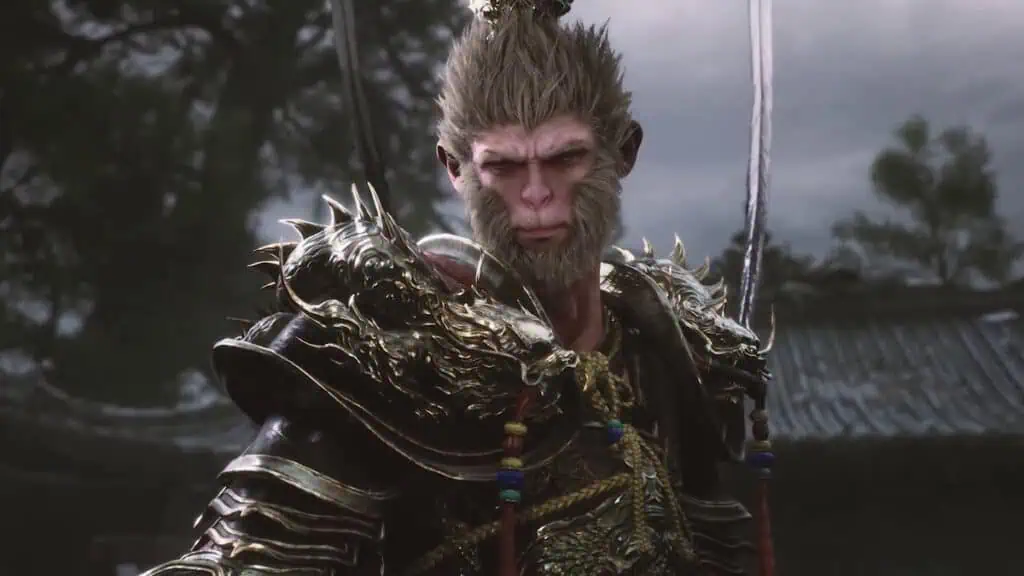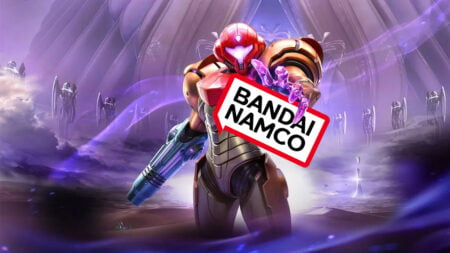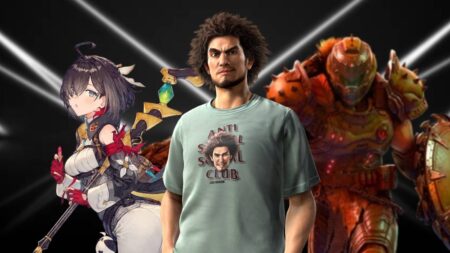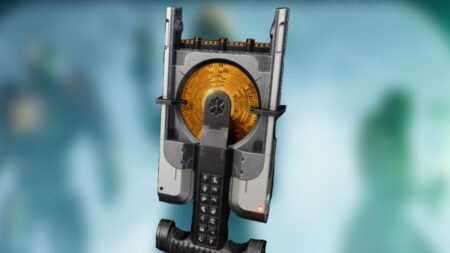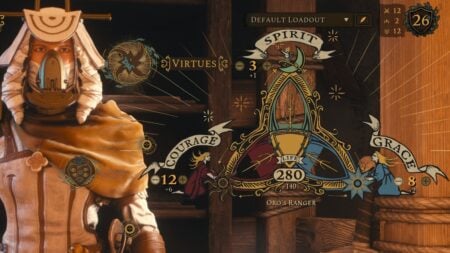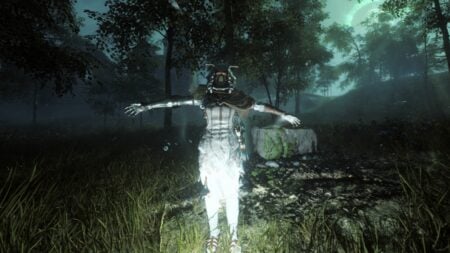Skip To...
The story of Journey to the West is regarded as one of the four classic Chinese novels and is considered by many to be the most famous work in East Asia. If you think you’re unfamiliar with the story, then think again. In the last 15 years, games like Enslaved: Odyssey to the West by Ninja Theory have been released, and modern stage adaptations have been shown, like Monkey: Journey to the West by Gorillaz masterminds Damon Albarn and Jamie Hewlett. With the release of Black Myth: Wukong, I feel that the story has been broadened even further than ever before.
While I will admit to being among the majority of those who believed that Wukong had the potential to flop on launch, I will also admit to having been entirely wrong. I’ve gone through the challenges, compared the different works, and come to the conclusion that everyone needs to be this Sun Wukong-based monkey at least once in their life.
Journey to the West Reimagined
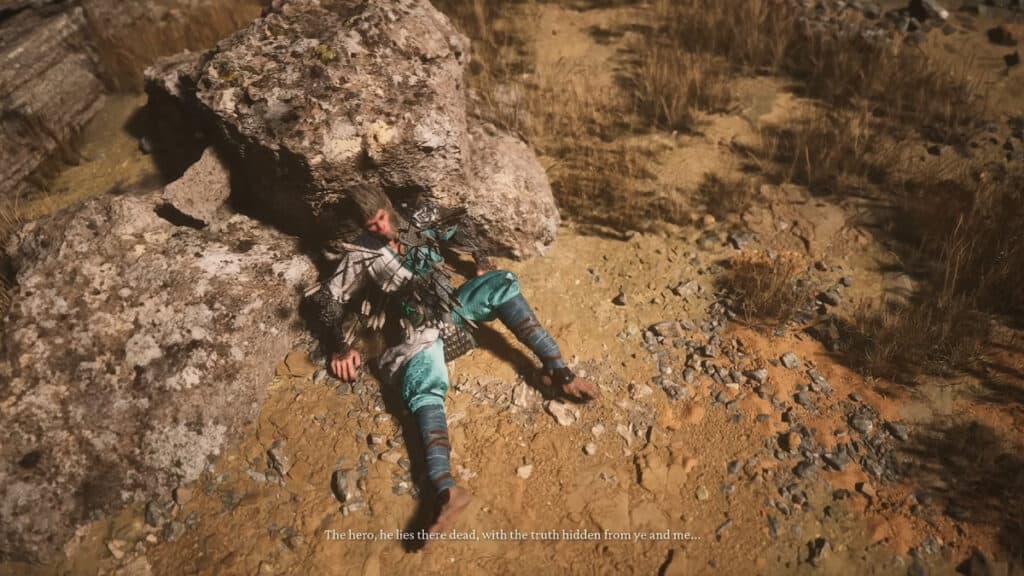
The Chinese novel thoroughly inspires the game in a way that only heightens what those already familiar with it know. Instead of following Sun Wukong, it follows a monkey warrior (named the Destined One) tasked with securing the six relics that the former split himself into before being sealed into a stone. The story is told in six chapters, each ending with the Destined One collecting one of the relics representing a different body part.
I have read a ton of other reviews stating that Wukong is a Soulslike. Some say it is a straight-up action romp, but the truth is more in the middle. It’s like the cheddar cheese you’re supposed to put in a peanut butter and jelly sandwich to make it even better (we can agree to disagree on that). Black Myth features a chapter-based progression, with set environments often configured like a maze, especially the deeper you go. You can expect tons of bosses, secrets, and optional upgrades to find if you explore said maze, rather than just beelining to each chapter’s main boss encounter non-stop. It’s big but not quite an open world like an Elden Ring, allowing for more wiggle room than the hallway corridor-like design of, say, God of War Ragnarok.
Several important figures follow the protagonist through the chapters, which adds nuance and a feeling of religious/historical mysticism that I can confidently say I haven’t felt in a video game for quite some time, if not ever. It felt bizarre. I could only compare the feeling to playing a game with characters from the King James Bible: like I really shouldn’t be doing that in a AAA game I bought on Steam. One such character that made me feel that way was the Headless Monk (iykyk). Being uncomfortable staring at his gored neck or feeling the weight of his riddles playing through a sanxian was jarring in some ways. In fact, a lot of the story brought me back to when I was sitting in my college religions class (I told you I was paying attention, Professor Satvad!).
Staffs, and Magic, and Transformations, Oh My!
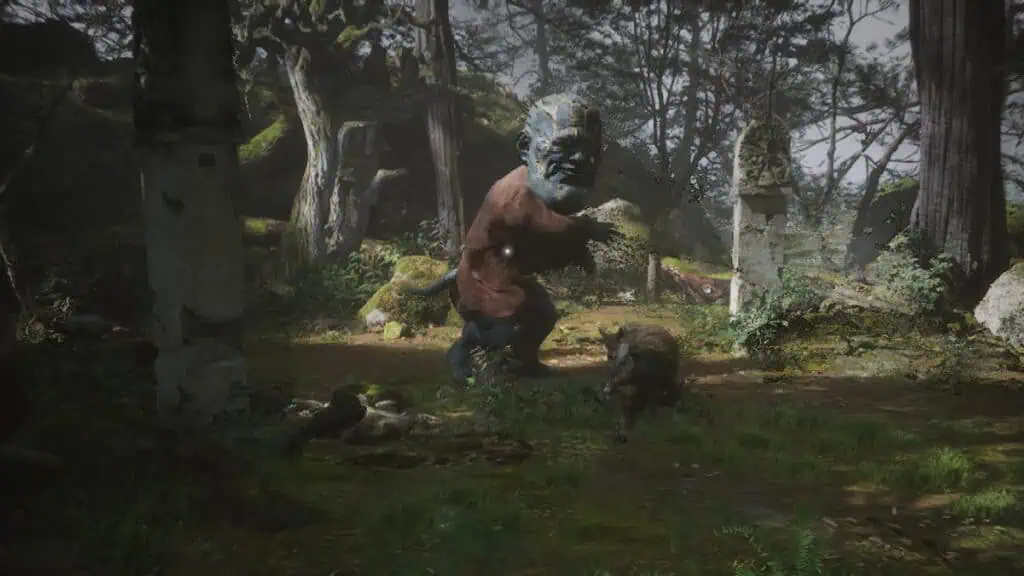
I found the combat in Wukong incredibly engaging, despite you only having one weapon: the staff (based on the Ruyi Jingu Bang from the novel). The weapon can be separated into three fighting styles, considered Stances, that you can upgrade to redeem new abilities. However, the fun doesn’t end there, as the Destined One also has mystical powers and transformations that can aid him in battle. As you journey through each chapter, you’re given spells to temporarily immobilize your enemies, parry and stagger them, and much more. I’ve always preferred fast-paced combat, like in Bloodborne, but Wukong is so much more fluid and challenging in some ways.
Concerning transformations, you’re basically given new abilities through the bodies of enemies and spirits you encounter. Let’s say you defeated the Wandering Wight (he’s the big-headed baby from the beginning). You’ll be able to gather the spirit within you, transform into him during a boss fight, giving you more ways to defeat enemies without feeling burned out from just using the staff. These small gameplay features and—the fact that your EXP carries over when you die—make Black Myth far more forgiving than the former, and, to me, more forgiving meant more fun.
The Beat of a True Pilgrimage
If you are already aware of how enamored I am with the game by this point, then it will be no surprise how beautiful I find the music and world to be. I am unfamiliar with the instruments that were popular during the era of Chinese history in which Black Myth: Wukong takes place, but the soundtrack feels incredible and authentic. It’s rich and harmonious with very specific rhythms and beats while incorporating the modernity that fans crave from a game soundtrack. I also know I’m just one of the millions obsessed with the Headless Monk’s song. In fact, his song alone should be submitted to the Grammys since the submissions for video game soundtracks are coming up! Don’t believe me? Just watch the video and eat your words.
Journeying through the progressively open world alongside the gorgeous soundtrack felt exhilarating, as though I was on my own pilgrimage to reach enlightenment and nirvana. Several cultural and historical landmarks featured in the novel and taken from real-world locations that were featured as locations to venture through and discover. It felt surreal to essentially visit the Three Gorges of Yangtze River or the Chibi Ancient Battlefield of the Three Kingdoms. Games typically take you to fictionalized places or Shibuya, Japan (I’m not talking about you, Assassin’s Creed), so it was nice to see these locations defined within the game. It also helps that this is a graphics-heavy game, though that can be a problem for those with outdated graphics cards.
The Game That Future Games in the Genre Will Look To For Inspiration

I don’t believe I’ve ever been so enamored with what is essentially one large history lesson of a game. It’s undoubtedly beautiful and incredibly approachable for those who have never played challenging games or feel they are not good at them. In Black Myth: Wukong, you don’t feel like you’re just rushing through bosses, trying everything to make it to the end. Instead, every turn along the path is a new opportunity to discover something new or use your powers and abilities. Everything about this game feels like the team behind it ensured that no aspect was finished until it was perfect; they added the secret cheddar cheese ingredient to their PB&J.
Check out our capture of the incredible opening sequence below.
Black Myth: Wukong is currently available to be played on PlayStation 5 and PC.
Black Myth: Wukong manages to surpass any and all expectations I had while also introducing me to new aspects and features that continued to surprise and delight me.
Pros
- An incredible retelling of the great Chinese novel.
- Addictive and strategic combat.
Cons
- Requires a really good graphics card to really take advantage of the graphics.
- Can be easy to feel lost at times.

